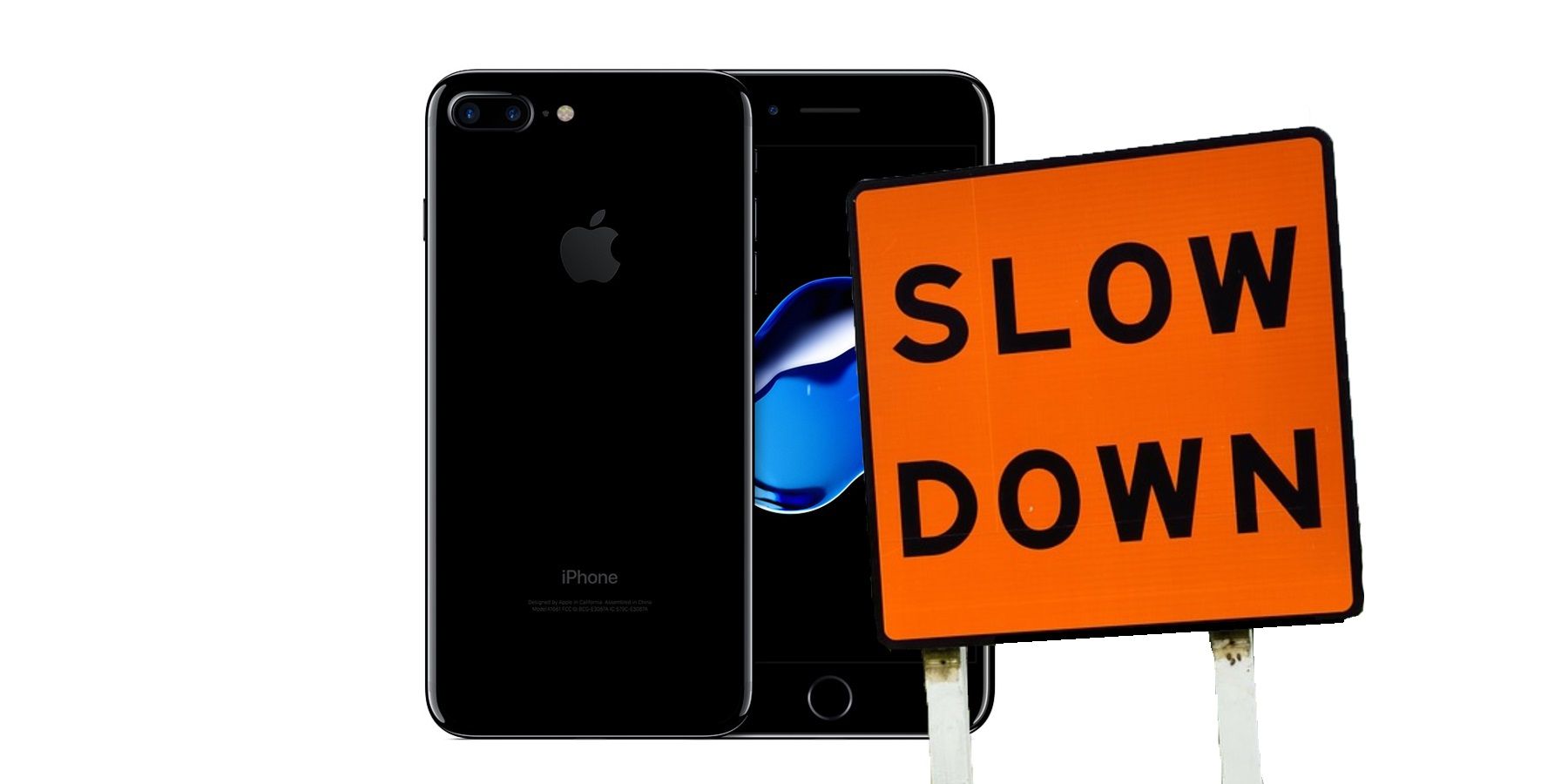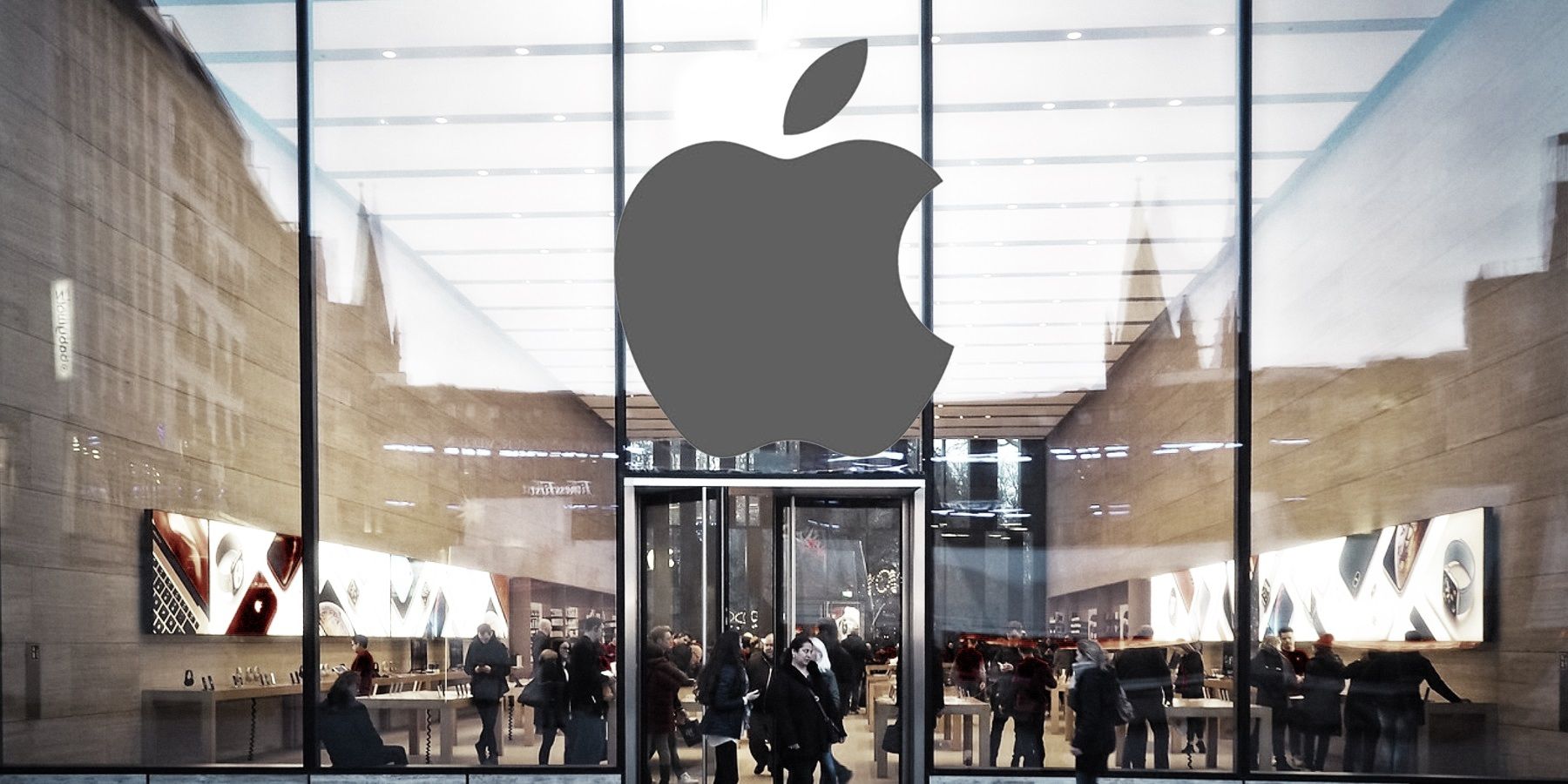
After lengthy litigation, eligible iPhone users can now claim benefits under an Apple settlement. In 2017, the iPhone-maker was hit with a class-action lawsuit. At the crux of the issue was that owners of older iPhone models starting reporting slower speeds around the time that new phones were released. As time went by, the reports dramatically increased whenever Apple issued downloadable software updates. Apple has denied the allegations put forth in the lawsuit and is settling in order to avoid costly litigation.
To understand the issue, it is important to understand how the iPhone is designed to improve battery life. The batteries used in an iPhone are lithium-ion and they have a system that will track battery capacity. During software updates, where there might be a strain on power, older iPhone models may slow down the process to preserve battery life. The battery/performance management system was phased in by Apple in iOS 10.2.1, but the company neglected to inform users of the change. The intention was properly thought through but poorly executed so inevitably, Apple issued an apology. Since iOS 11.3, the power saving system has been disabled by default.
The proposed settlement makes provision for a cash payment by Apple of approximately $25 to each eligible iPhone owner who experienced diminished performance on their device(s) and submits a claim. The total payout is estimated to be in the region between $310 million and $500 million. iPhone users that may be entitled to settlement benefits are those who were either a United States owner of an iPhone 6, 6 Plus, 6s, 6s Plus, 7, 7 Plus, and/or SE device; or those that ran iOS 10.2.1 (or later), and in the case of the iPhone 7 and 7 Plus devices, that ran iOS 11.2 (or later) before December 21, 2017.

Affected iPhone users have various legal rights and options under the settlement. Their legal rights are affected whether they choose to claim or not. Eligible iPhone users can submit a claim via email or post in order to get a payment under the settlement. Alternatively, if they wish to, they can exclude themselves, but this will mean that they get no payment under the settlement. The exclusion allows affected users to be a part of any other lawsuit against Apple about the claims and allegations in the case. Affected users may choose to object to the settlement and to do this they would need to write to the court about what they don’t like about the settlement and ask to speak at the final hearing. Another option is to object to attorney's fees and/or expenses by writing to the court detailing your dissatisfaction with the attorneys’ fees and/or expenses that class counsel requests. The deadline for the above-mentioned rights and options are October 6, 2020.
Eligible iPhone users may elect, if they so wish, to go to a hearing and speak about the fairness of the settlement. The deadline to do this is December 4, 2020, at 10:00 a.m. PST. Lastly, affected iPhone users have the right to do nothing and receive no payment under the settlement, effectively giving up their right to compensation for the claims and allegations under the settlement. A claim can be submitted online, by filling out the serial number, Apple ID, and the user's personal particulars. Alternatively, a claim form can be submitted by mail by filling out all necessary fields and mailing it to the address provided. The tentative date for the final hearing is December 4, 2020, at 10:00 a.m. PST, to decide whether to make the proposed settlement final. The settlement proves that whilst Apple usually acts in the best interest of its users, this is not always the case.
Source: Smartphone Performance Settlement
from ScreenRant - Feed https://ift.tt/2CbzzVg



0 Comments